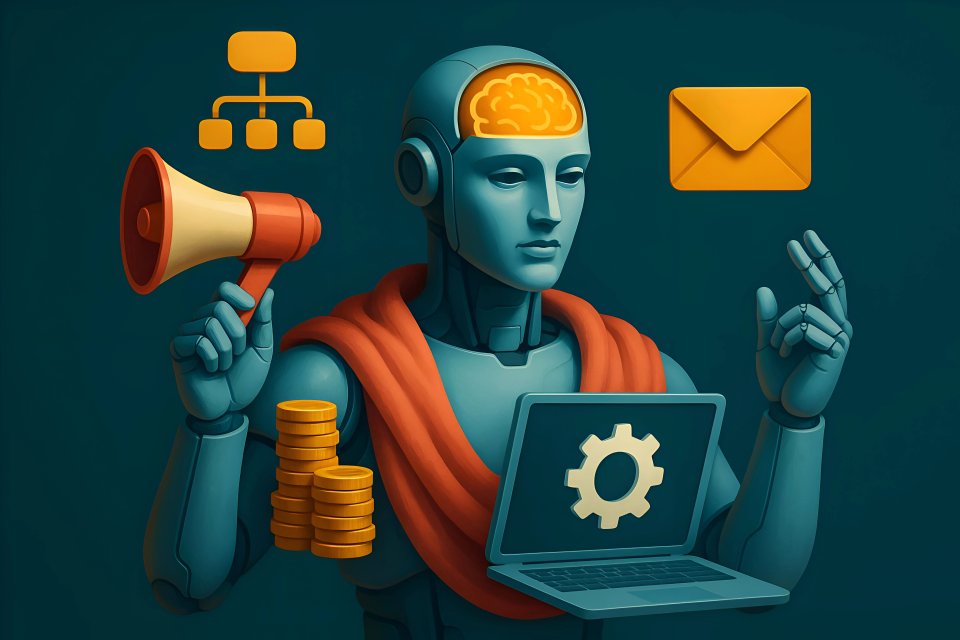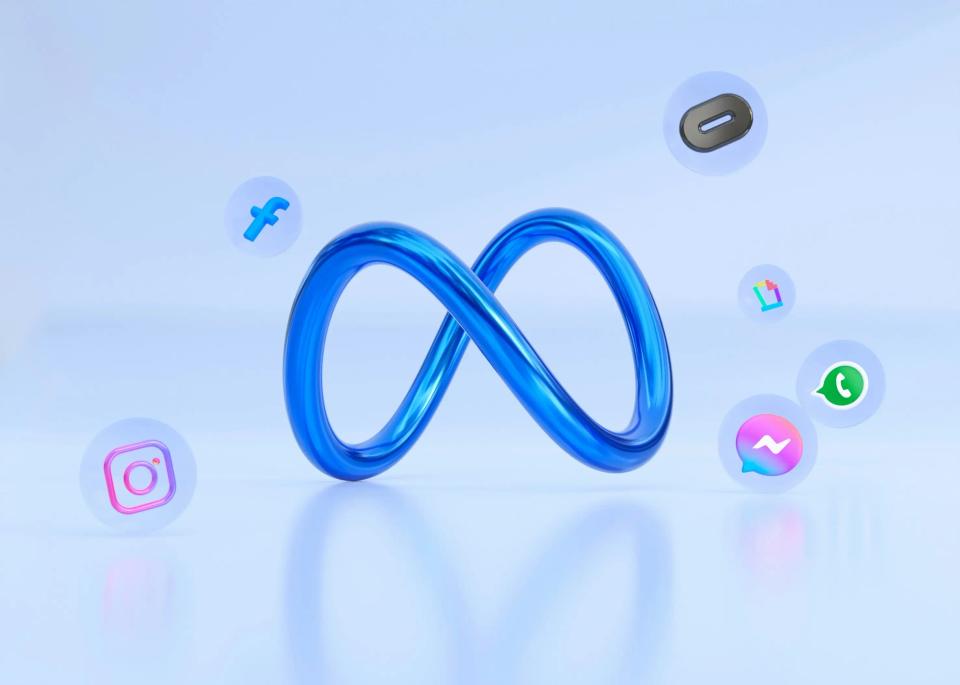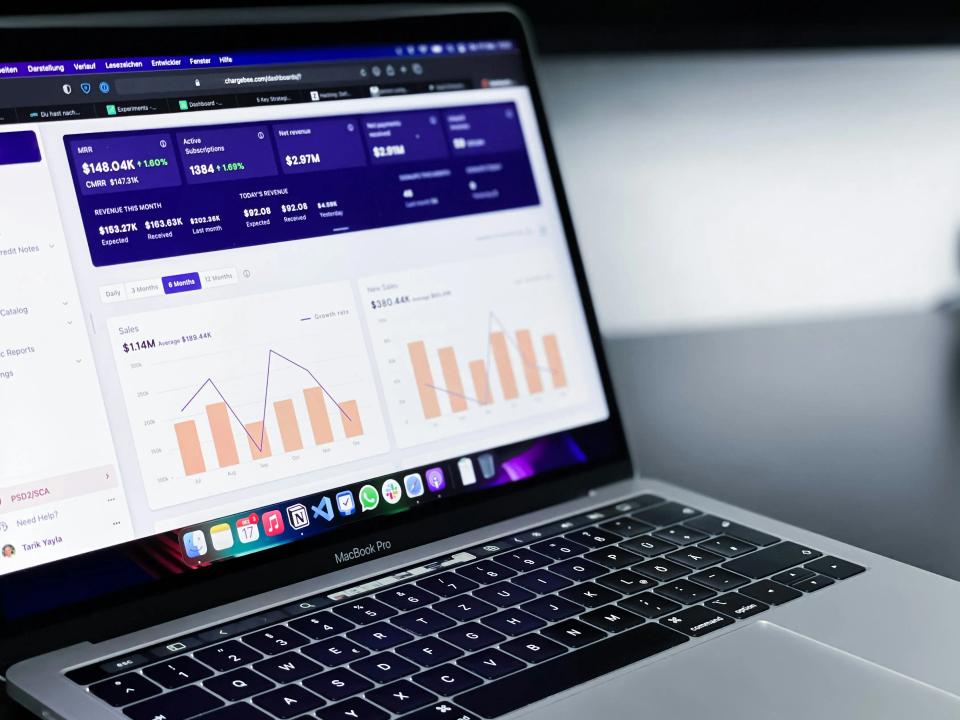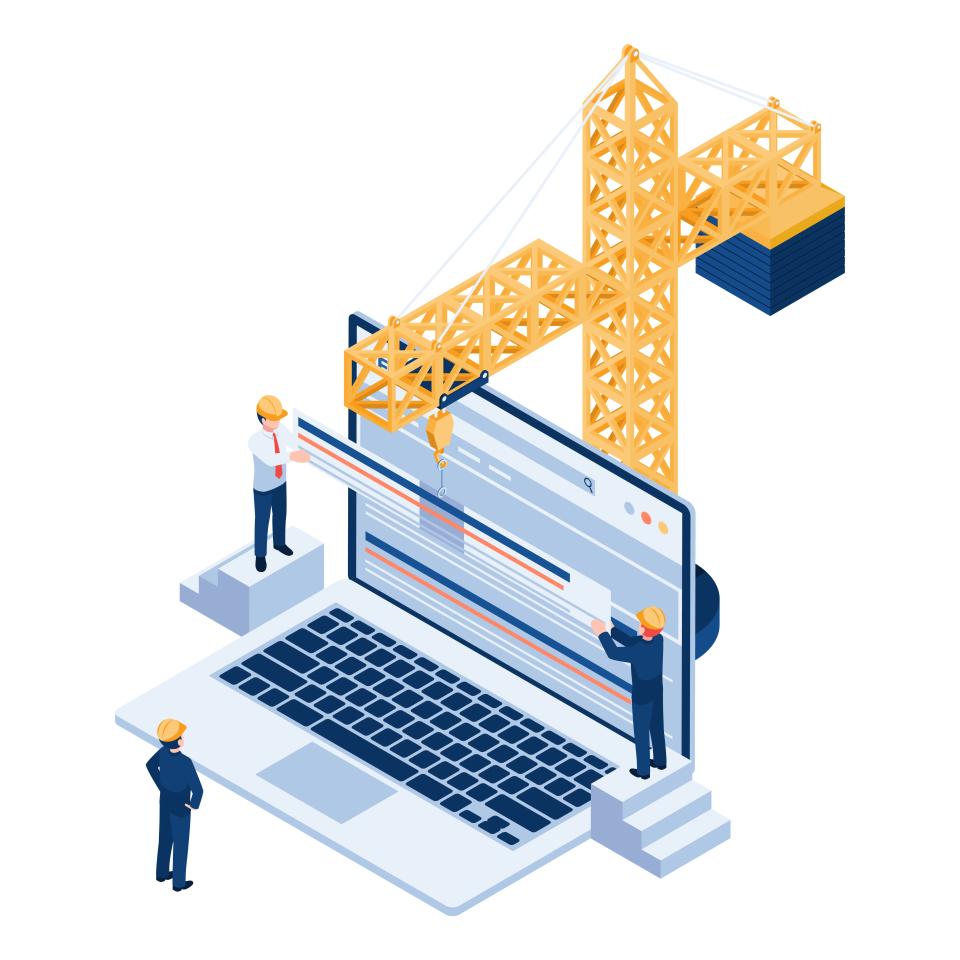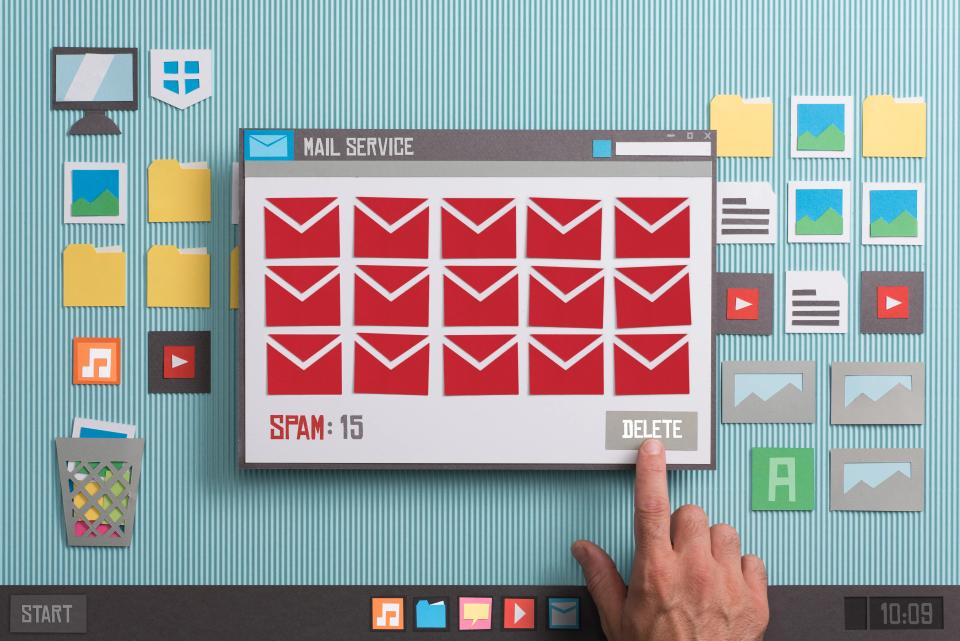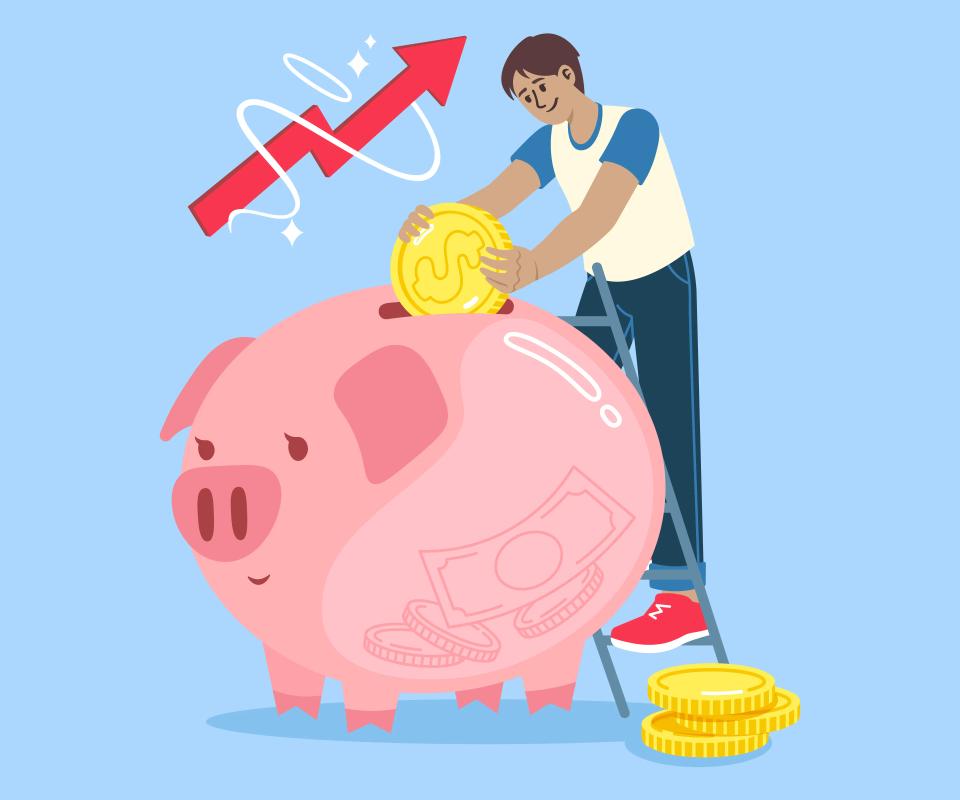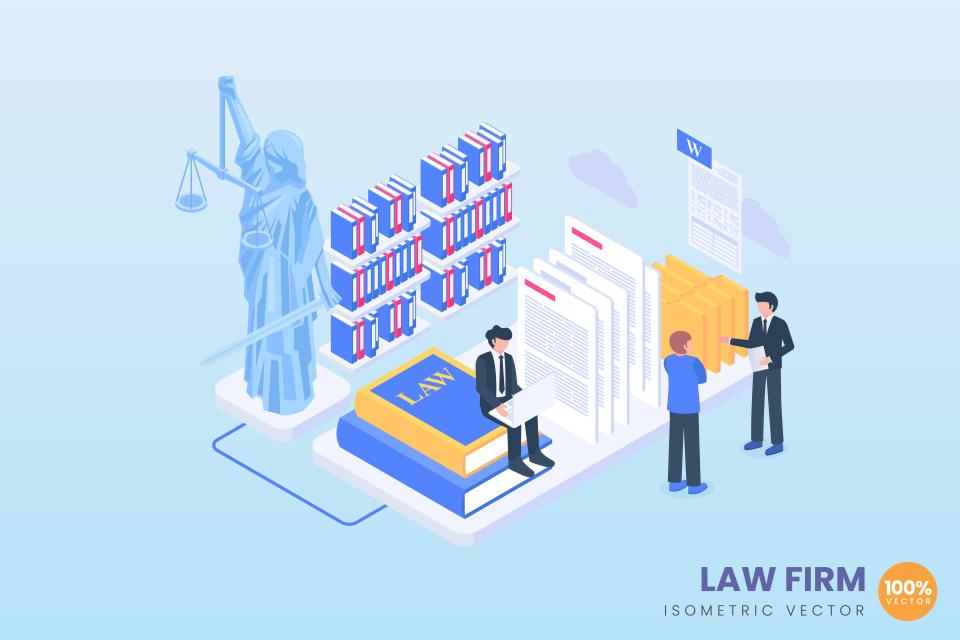Alright, let's dive in. You're a digital marketer, a business owner, maybe a marketing manager. You're sharp. You know the game is changing, and fast. If you're not feeling the ground shift beneath your feet, you're not paying attention.
The air is electric. AI is no longer some far-off dream whispered in tech circles; it's here, now, fundamentally reshaping how brands like yours connect, convert, and conquer. In fact, a staggering 37% of marketers globally are set to prioritize AI for content creation and enhancement by 2025 (Statista). This isn't just a trend; it's a revolution.
The digital marketing world? It's a beast. More complex than ever. You're juggling channels, fighting for eyeballs, desperate for an edge. You need smarter, faster, more potent solutions. Enter AI and automation – your new secret weapons. This isn't just about keeping up; it's about leaping ahead. Stick with me, and I'll show you the top AI tools and automation techniques that will turbocharge your lead generation, sharpen your content until it cuts through the noise, and send your campaign performance soaring. At CaptivateClick, we live on this cutting edge; it's how we deliver captivating designs and strategic marketing that get real results.
Why AI & Automation are Non-Negotiable for Modern Marketers
Listen up: if AI and automation aren't at the heart of your marketing strategy, you're already falling behind. This isn't about fancy tech; it's about survival and dominance in a fiercely competitive landscape. You want to win, don't you?
Skyrocket Your Efficiency & Productivity
Imagine this: all those soul-crushing, repetitive tasks that eat up your precious time? Gone. AI takes them off your plate. We're talking data entry, basic reporting, even initial content drafts. This frees you, the brilliant human marketer, to focus on what truly matters: big-picture strategy, creative breakthroughs, and building genuine connections. Think about it – AI-driven tools can slash manual forecasting work by a significant 30%, according to insights on retail automation (ContentGrip). More time for genius, less for grind.
Unleash Personalization That Actually Converts
Generic, one-size-fits-all marketing? Dead on arrival. Your audience craves experiences that feel personal, like you're speaking directly to them. AI makes this possible, even at massive scale. It dives deep into user data – behaviors, preferences, history – to deliver tailor-made content, product recommendations, and ad experiences that resonate. The impact? AI-powered personalization has been shown to boost conversion rates by an impressive 20% (ContentGrip). That's not just better marketing; it's building relationships that last.
Make Decisions Driven by Data, Not Guesses
Gut feelings have their place, but in today's data-drenched world, you need more. AI is your super-analyst, capable of sifting through mountains of data to unearth actionable intelligence that human eyes might miss. It spots trends, predicts outcomes, and flags opportunities you never knew existed. This means smarter budget allocation, more effective campaigns, and a clear path to achieving your goals. Stop guessing and start knowing.
Maximize Your ROI & Crush Campaign Goals
At the end of the day, it's about results. AI and automation are your direct line to a healthier bottom line. By optimizing ad spend, fine-tuning targeting, improving conversion rates, and boosting lead quality, these technologies ensure every marketing dollar works harder for you. You'll see better returns, hit your targets faster, and finally get the kind of campaign performance you've been striving for. This is how you turn your marketing department from a cost center into a revenue-generating powerhouse.
Top AI Tools & Automation Techniques by Digital Marketing Function
Alright, let's get to the good stuff. You want to know which tools and how they'll make you a marketing rockstar. We'll break it down by function, showing you exactly how AI can transform each facet of your digital strategy.
AI for Content Creation & Optimization
Content is king, but creating consistently brilliant, high-ranking content? That's a royal pain. AI steps in as your tireless writing assistant, idea generator, and optimization guru. It can help brainstorm topics, draft initial articles, ensure your content is primed for SEO, check your grammar and tone, and even generate eye-catching visuals.
-
Jasper (formerly Jarvis) / Copy.ai: Need compelling ad copy that converts? Blog posts that engage? Social media updates that sparkle? Tools like Jasper are your go-to AI copywriting assistants. They use sophisticated algorithms to generate human-like text for a vast array of marketing needs.
Features: Multiple templates for different content types (ads, emails, blogs), tone adjustment, long-form content generation (like Jasper's Boss Mode, detailed in this Jasper AI review by Bitcatcha), and plagiarism checkers. As HubSpot's marketing blog notes, Jasper AI can significantly speed up content production.
Pros: Incredible speed, overcomes writer's block, offers diverse content styles.
Cons: Output still requires human editing for factual accuracy, brand voice, and nuanced messaging. Sometimes, as this UPDF review of Jasper AI points out, the AI might miss subtle contextual cues.
Best for: Rapidly generating first drafts, ad variations, and social media snippets, freeing up human writers for strategic refinement.
-
SurferSEO / MarketMuse: Writing great content isn't enough; it needs to be seen. AI-driven platforms like SurferSEO analyze top-ranking content for your target keywords and provide actionable briefs. They tell you what terms to include, ideal word count, and even heading structures.
Features: SERP analyzer, content editor with real-time scoring, NLP-driven term suggestions, internal linking suggestions. Many Surfer SEO reviews highlight its ability to create data-backed content outlines.
Pros: Takes the guesswork out of on-page SEO, helps create comprehensive content that Google loves.
Cons: Can feel prescriptive if not balanced with creativity; requires a good understanding of SEO fundamentals to use effectively.
Best for: SEO specialists and content marketers aiming to dominate search rankings with highly optimized, authoritative content.
-
Midjourney / DALL-E 2: A picture is worth a thousand words, especially in digital marketing. AI image generators like Midjourney can create stunning, unique visuals from simple text prompts. Need a futuristic cityscape or a whimsical character? Just describe it.
Features: Text-to-image generation, various artistic styles, image upscaling and variations. The official Midjourney site showcases its impressive capabilities.
Pros: Creates original visuals quickly, great for concept art or unique social media graphics.
Cons: Can be unpredictable, may require many iterations to get the desired result, and ethical considerations around AI art are still evolving.
Best for: Generating unique blog headers, social media visuals, or conceptual art when stock photos just won't cut it.
(CaptivateClick Angle): While these AI tools are phenomenal assistants, they can't replicate true human ingenuity. For content that truly captivates and builds a lasting brand, the strategic oversight and creative spark from experts, like CaptivateClick's branding and SEO specialists, are absolutely essential. We blend AI efficiency with human brilliance.
AI for Lead Generation & Nurturing
More leads. Better leads. That's the constant demand. AI is a powerhouse here, helping you identify high-potential prospects, personalize your outreach at scale, automate tedious follow-ups, and even qualify leads using intelligent chatbots. Stop casting a wide net; start precision fishing.
-
HubSpot AI / Salesforce Einstein: Your CRM is a goldmine of data. AI tools integrated within platforms like HubSpot and Salesforce unlock its full potential. HubSpot AI tools, for instance, can help with lead scoring and content personalization, ensuring your sales team focuses on the hottest prospects. Salesforce Einstein offers similar predictive capabilities, helping forecast sales and identify at-risk customers.
Features: Predictive lead scoring, automated email personalization, sales forecasting, AI-powered chatbots, activity insights. Salesforce Einstein can transform business operations with its predictive intelligence.
Pros: Leverages existing customer data effectively, streamlines sales and marketing alignment, improves forecast accuracy.
Cons: Effectiveness depends heavily on the quality and completeness of CRM data; can be complex to set up initially.
Best for: Businesses with established CRMs looking to automate lead qualification, personalize communication, and improve sales team efficiency.
-
Drift / Intercom: Ever wished you could engage every website visitor personally? AI-powered chatbots like Drift make it happen. They can greet visitors, answer common questions, qualify leads, and even book meetings, 24/7.
Features: Conversational AI, lead qualification playbooks, meeting scheduling, CRM integration. Drift's chatbot capabilities are enhanced by GPT integration for smarter conversations.
Pros: Improves website engagement, captures leads that might otherwise be lost, provides instant customer support.
Cons: Can feel impersonal if not configured thoughtfully; complex queries still require human intervention.
Best for: B2B companies and businesses with high website traffic looking to convert more visitors into qualified leads and improve customer experience.
-
Apollo.io / ZoomInfo: Finding the right B2B contacts can be a monumental task. AI-driven prospecting tools like Apollo.io and ZoomInfo provide vast databases of verified contact information and company details, along with intent data to signal buying interest.
Features: Extensive B2B databases, advanced search filters, intent data, email verification, CRM integration.
Pros: Massively speeds up prospecting, improves outreach targeting, provides valuable sales intelligence.
Cons: Subscription costs can be high for smaller businesses; data accuracy, while generally good, isn't always 100%.
Best for: Sales and marketing teams focused on B2B outreach who need accurate contact data and buying signals at scale.
(CaptivateClick Angle): These AI tools are incredible for identifying and initiating contact. But to truly convert those prospects, you need compelling messaging and strategic follow-through. AI can supercharge outreach efforts, like the Email & LinkedIn Outreach offered by CaptivateClick, by ensuring we're talking to the right people with the most relevant message, every time.
AI for SEM & Paid Advertising
Wasting money on ads that don't convert? It's a marketer's nightmare. AI is revolutionizing Search Engine Marketing (SEM) and paid advertising by automating bidding strategies, generating high-performing ad copy, enabling hyper-targeted audience segmentation, and even predicting campaign performance. Get ready for smarter ad spend and better results.
-
Google Ads Smart Bidding / Performance Max: Google's own ad platform is packed with powerful AI. Features like Smart Bidding automatically optimize your bids in real-time to achieve specific goals, like maximizing conversions or target CPA. Performance Max campaigns leverage AI across all of Google's channels to find more converting customers.
Features: Automated bid strategies (Target CPA, Target ROAS, Maximize Conversions), audience signal integration, cross-channel optimization (Performance Max). This guide to Google Ads Smart Bidding from Search Engine Land details its nuances.
Pros: Optimizes bids more efficiently than manual methods, adapts to real-time auction dynamics, can uncover new audience segments.
Cons: Requires sufficient conversion data to work effectively; can feel like a "black box" with less direct control for some advertisers.
Best for: Advertisers of all sizes using Google Ads who want to improve bidding efficiency and campaign performance based on specific conversion goals.
-
AdCreative.ai / Pencil: Tired of endless A/B testing for ad creatives? AI tools like AdCreative.ai can generate hundreds of ad creative variations (images, headlines, copy) in minutes. They then use AI to predict which ones will perform best.
Features: AI-powered creative generation, performance prediction, brand-specific templates, integration with ad platforms. G2 highlights AdCreative.ai's ability to produce conversion-focused ad creatives rapidly.
Pros: Massively speeds up creative production and testing, helps identify winning ad elements quickly, can reduce creative fatigue.
Cons: AI-generated creatives may still need human tweaking for brand consistency or specific campaign nuances.
Best for: Performance marketers and e-commerce businesses running high-volume ad campaigns who need a constant stream of fresh, optimized creatives.
-
Optmyzr / WordStream: Managing complex PPC accounts can be overwhelming. Third-party PPC management tools like Optmyzr and WordStream incorporate AI to provide optimization suggestions, automate routine tasks, and generate insightful reports.
Features: One-click optimizations, Quality Score analysis, budget management tools, custom reporting, AI-driven recommendations.
Pros: Simplifies PPC management, helps identify optimization opportunities quickly, improves overall account health.
Cons: Can be an additional cost on top of ad spend; some advanced features may have a learning curve.
Best for: PPC managers and agencies handling multiple ad accounts who need tools to streamline workflows and enhance performance.
(CaptivateClick Angle): At CaptivateClick, we're experts at squeezing every drop of performance from your ad budget. We leverage the AI built into platforms like Google Ads and Facebook Ads, but we combine it with our deep human strategic expertise for meticulous A/B testing, insightful performance tracking, and campaigns that truly deliver. It's this blend that makes our SEM services so effective.
AI for Analytics & Performance Tracking
Data is useless if you can't understand it. AI is transforming analytics by uncovering deeper insights, enabling predictive forecasting, detecting anomalies before they become disasters, and automating comprehensive reporting. Stop drowning in data; start making data-driven decisions with clarity and confidence.
-
Google Analytics 4 AI features: The latest version of Google Analytics is infused with AI. It offers predictive audiences (e.g., users likely to purchase or churn in the next 7 days) and anomaly detection that automatically flags significant changes in your data. WordStream details how GA4's AI features provide deeper insights.
Features: Predictive metrics and audiences, automated insights, anomaly detection, enhanced event-based tracking.
Pros: Provides forward-looking insights, helps identify issues or opportunities quickly, more user-centric data model.
Cons: Steeper learning curve compared to Universal Analytics; some features are still evolving.
Best for: All digital marketers who want to understand user behavior more deeply and leverage predictive insights for proactive campaign adjustments.
-
Hotjar / Contentsquare (with AI insights): Understanding why users behave the way they do on your website is crucial. Tools like Hotjar provide heatmaps, session recordings, and surveys. Their AI capabilities are now helping to automatically surface key insights from this qualitative data.
Features: Heatmaps, session recordings, user feedback polls, AI-driven insight summaries. CMSWire reported on Hotjar AI's launch, emphasizing its role as a research assistant.
Pros: Visualizes user behavior effectively, helps identify UX issues and conversion barriers, AI speeds up insight discovery.
Cons: Can generate a lot of data that needs careful interpretation; AI insights are a starting point, not the final word.
Best for: UX designers, conversion rate optimizers, and marketers focused on improving website usability and user experience.
-
Tableau / Power BI with AI capabilities: For businesses dealing with large, complex datasets, advanced business intelligence tools like Tableau and Microsoft Power BI are essential. Their integrated AI features allow for sophisticated data visualization, natural language queries, and predictive modeling.
Features: AI-driven data storytelling, natural language processing for queries, predictive analytics, automated dashboard generation. Cyntexa's guide to Tableau AI showcases its Einstein Copilot features.
Pros: Handles massive datasets, uncovers complex patterns and correlations, empowers data-driven decision-making across the organization.
Cons: Can be expensive and require specialized skills to implement and manage effectively.
Best for: Larger organizations and data analytics teams needing robust tools for in-depth analysis and enterprise-wide reporting.
(CaptivateClick Angle): Knowing how users interact with your digital assets is fundamental. AI analytics provide incredible clarity. This understanding is the bedrock of our conversion optimization services and informs our web development projects, ensuring every design choice and technical implementation is geared towards maximizing performance and achieving your business goals.
Best Practices for Implementing AI in Your Digital Marketing Strategy
So, you're excited. You see the potential. But how do you actually bring AI into your marketing world without causing chaos? It's about smart strategy, not just shiny new tools.
First, start with crystal-clear goals. What exactly do you want AI to achieve for you? Is it saving time on content creation? Boosting lead conversion rates by 15%? Slashing your cost-per-acquisition? Define success before you even look at a tool. As Sprinklr suggests, begin with low-risk, high-impact projects to build momentum and learn.
Next, choose the right tools for your specific needs. Don't get seduced by the latest AI fad. Does that fancy new platform actually solve a problem you have? Does it integrate with your existing systems? Focus on solutions that offer tangible benefits to your unique challenges.
Then, integrate AI thoughtfully into your existing workflows. The goal is to enhance, not disrupt. How can AI tools complement what your team already does well? Map out the process changes and ensure a smooth transition. This often means training your team to use these new tools effectively and, more importantly, to interpret the data and insights AI provides.
Crucially, prioritize data quality and privacy. AI is only as smart as the data it's fed. Garbage in, garbage out. Ensure your data is clean, accurate, and ethically sourced. Understand the privacy implications of any AI tool you implement and be transparent with your audience.
And most importantly, maintain human oversight. AI is an incredibly powerful assistant, but it's not a replacement for human strategy, creativity, critical thinking, and ethical judgment. The human touch, that spark of ingenuity and empathy – that's irreplaceable. It's the core of what we, at CaptivateClick, bring to every project, ensuring technology serves strategy, not the other way around.
The Future of AI in Digital Marketing: What's Next?
Hold on tight, because the AI train is just getting started. We're heading towards a future of hyper-personalization at an unprecedented scale, where marketing messages feel like they're crafted for an audience of one, anticipating needs before they're even consciously expressed. Imagine AI-driven predictive customer journeys that guide individuals seamlessly from awareness to advocacy.
The rise of generative AI will continue to explode, moving beyond text and simple images to more complex creative tasks like video generation, music composition, and even interactive experience design. In fact, it's predicted that generative AI will produce 60% of all marketing content by 2025 (ContentGrip). This power brings with it a profound responsibility.
Expect ethical AI and responsible implementation to become central themes. Questions around data privacy, algorithmic bias, and transparency will demand robust answers and frameworks. The marketers and agencies that thrive will be those who embrace AI's power while championing its ethical use.
Conclusion: Embrace AI to Captivate and Convert
The message is clear: AI and automation are no longer optional luxuries in digital marketing; they are fundamental necessities for success in today's dynamic landscape. From crafting compelling content to nurturing leads and optimizing ad spend, these technologies offer transformative power. We've explored some incredible tools and techniques that can elevate your strategies, save you time, and deliver results you once only dreamed of.
I urge you: don't just read about it. Explore these tools. Experiment. Start small, but start now. Empower yourself and your team to leverage the incredible potential of AI.
But remember this crucial truth: technology, no matter how advanced, is still just a tool. The real magic happens when it's wielded by smart, strategic, and creative human minds. It's the human element – the empathy, the intuition, the storytelling prowess – that truly brings campaigns to life, builds lasting connections, and crafts better brands. This is the philosophy that drives the global team of designers, marketers, and problem-solvers at CaptivateClick. We blend the best of AI with irreplaceable human expertise.
Ready to elevate your digital marketing with AI-powered strategies and captivating design that truly converts? Contact CaptivateClick today for a consultation, and let our experts help you build a better, smarter, more successful brand.
And hey, what are your favorite AI marketing tools? Share them in the comments below – let's learn from each other!

